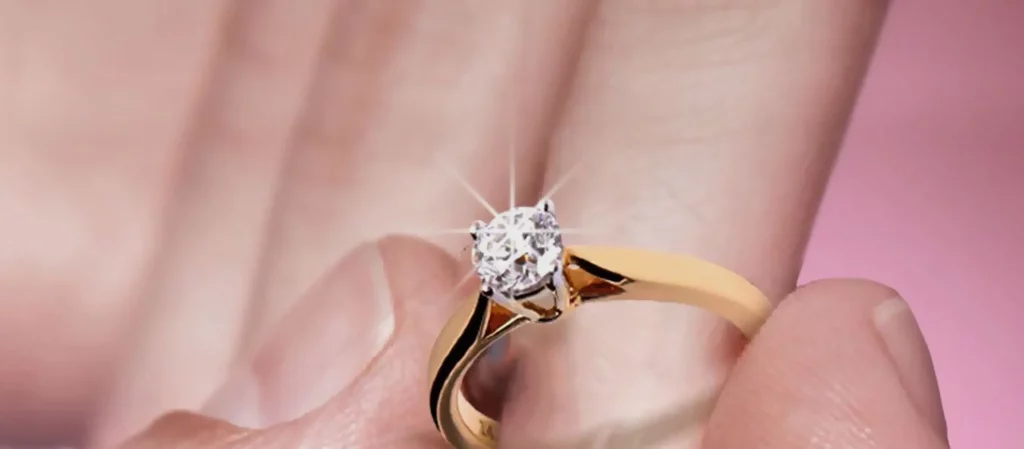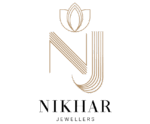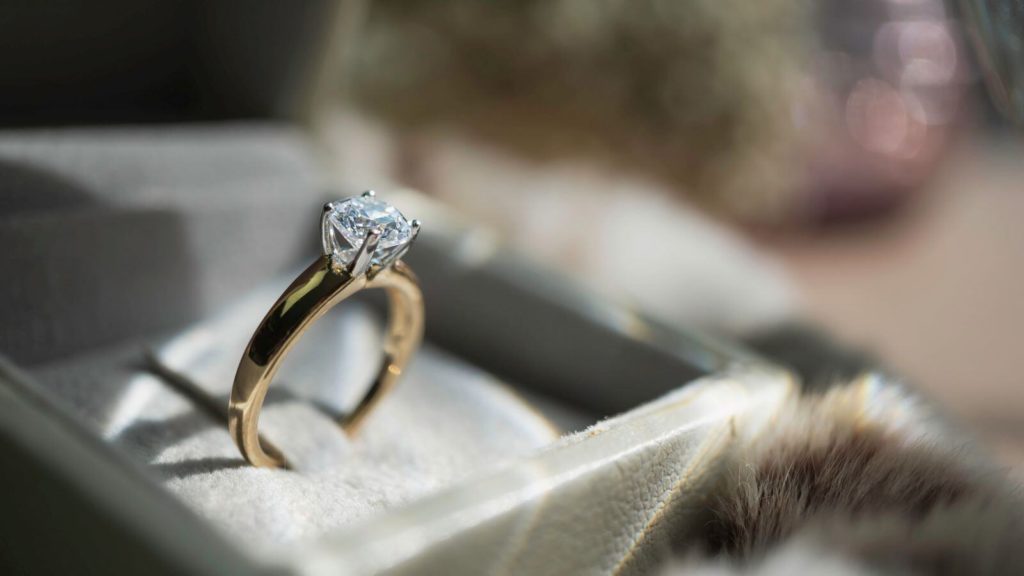Introduction
An engagement ring is more than just a piece of jewellery — choosing one is one of the most exciting and meaningful milestones in a person’s life. In India, where cultural traditions meet contemporary trends, shopping for the perfect engagement ring is more than just picking a piece of jewellery — it’s about finding a symbol of love, commitment, and shared values. Whether you’re planning a surprise proposal or shopping together as a couple, this Engagement Ring Shopping Guide India will walk you through everything you need to know before making this important purchase.
From selecting the right metal and gemstone to understanding certification and budgeting, this comprehensive guide is tailored to help Indian buyers make informed and confident decisions.
Engagement Ring Shopping Guide

1. Decide on Your Budget
Before you walk into a store or browse online, it’s essential to determine how much you’re willing to spend. In India, engagement rings can range from ₹20,000 to several lakhs, depending on the material, diamond quality, and craftsmanship.
Tips:
- Set a realistic budget that balances emotional value with financial comfort.
- Remember to include additional costs like taxes, certification, and resizing.
2. Choose the Right Metal
The choice of metal greatly influences both the appearance and durability of the ring. Here are popular options in India:
- Gold (Yellow, White, or Rose): Classic and widely preferred, gold is available in 14K, 18K, and 22K variants. While 22K is purer, 18K is often used in engagement rings for better stone setting.
- Platinum: Durable, hypoallergenic, and highly resistant to tarnish. Platinum is more expensive but ideal for everyday wear.
- Silver: Less common for engagement rings, but still an option for budget-conscious buyers.
Trend Tip: White gold and rose gold are increasingly popular among modern Indian couples for their chic and romantic look.
3. Understand Diamond Quality (The 4 Cs)
If you’re choosing a diamond engagement ring, understanding the 4 Cs—Cut, Color, Clarity, and Carat—is essential.
- Cut: Determines brilliance. An Excellent or Very Good cut reflects the most light.
- Color: The less color, the higher the value. D to F grades are considered colorless.
- Clarity: Refers to natural imperfections. VS1–VS2 (Very Slightly Included) offer good value.
- Carat: Indicates weight, not size. Balance carat with cut for maximum sparkle.
Pro Tip: A well-cut 0.50-carat diamond can outshine a poorly cut 1-carat stone.
4. Explore Alternative Stones
While diamonds are traditional, Indian buyers are also exploring alternative gemstones for engagement rings:
- Sapphires, emeralds, and rubies offer rich colors and strong symbolism.
- Moissanite is a brilliant, budget-friendly diamond alternative.
- Birthstones or zodiac-based stones are chosen for their spiritual significance.
Alternative stones are not only beautiful but also allow for more personalization and affordability.
5. Pick the Right Ring Style
The ring’s setting and design should reflect the wearer’s personality and lifestyle. Popular styles in India include:
- Solitaire: A single diamond — classic and timeless.
- Halo: A central stone surrounded by smaller diamonds — glamorous and sparkling.
- Three-stone: Represents past, present, and future.
- Vintage or antique designs: Ideal for those who love traditional Indian motifs or heirloom aesthetics.
- Minimalist bands: Gaining popularity among modern brides who prefer subtle elegance.
Consider the daily activities of the wearer — someone with an active lifestyle may prefer a low-profile setting.
6. Know the Ring Size
A ring that fits perfectly is a must for a memorable proposal. If it’s a surprise, discreetly borrow one of their existing rings or consult a family member. Most Indian jewellers offer complimentary resizing for custom rings.
Pro Tip: It’s better to choose a slightly larger size — it’s easier to size down than up.
7. Insist on Certification and Hallmarking
To ensure you’re getting genuine value, never skip the documentation.
- Diamonds: Should come with a certificate from a recognized grading authority like IGI (International Gemological Institute) or GIA (Gemological Institute of America).
- Gold: Ensure the ring is BIS hallmarked (Bureau of Indian Standards), confirming the purity.
This paperwork not only proves authenticity but is essential for resale or insurance.
8. Choose a Trusted Jeweller
Whether you prefer local jewellers, family-owned stores, or national brands like Tanishq, Malabar Gold, or CaratLane, make sure the seller is reputable.
Look for:
- Transparent return and exchange policies
- Custom design services
- Warranty and maintenance offers
Online platforms are also gaining popularity in India for their variety and convenience — just ensure they offer secure shipping, trial at home options, and certified products.
9. Consider Cultural Traditions
In India, jewellery often carries cultural, religious, and regional significance. For example:
- In South India, plain gold bands may be preferred.
- In North India, diamond solitaires are common.
- Some families may include astrological stones or traditional settings like jadau.
Balancing personal taste with family traditions can create a ring that’s both meaningful and memorable.
10. Plan Ahead for Custom Rings
If you’re opting for a custom-designed engagement ring, start the process at least 4–6 weeks in advance. Customization allows you to:
- Add initials, birthstones, or symbolic engravings
- Choose unique designs not available off-the-shelf
- Incorporate traditional motifs or cultural elements
Also Read: Pendants, Lockets & Necklaces Understanding Their Unique Features
Final Thoughts
An engagement ring is more than just a piece of jewellery — it’s a timeless token of love, commitment, and the journey you’re about to begin together. In India, where sentiment and symbolism play a key role in jewellery choices, taking the time to find the right ring is worth every moment and rupee. This Engagement Ring Shopping Guide India is designed to help you make an informed and meaningful choice that reflects both your personal style and cultural values.
Whether you opt for a sparkling solitaire, a colored gemstone, or a custom creation, make sure it reflects your partner’s style, your shared story, and your values. With the right guidance, the perfect engagement ring is well within reach.

